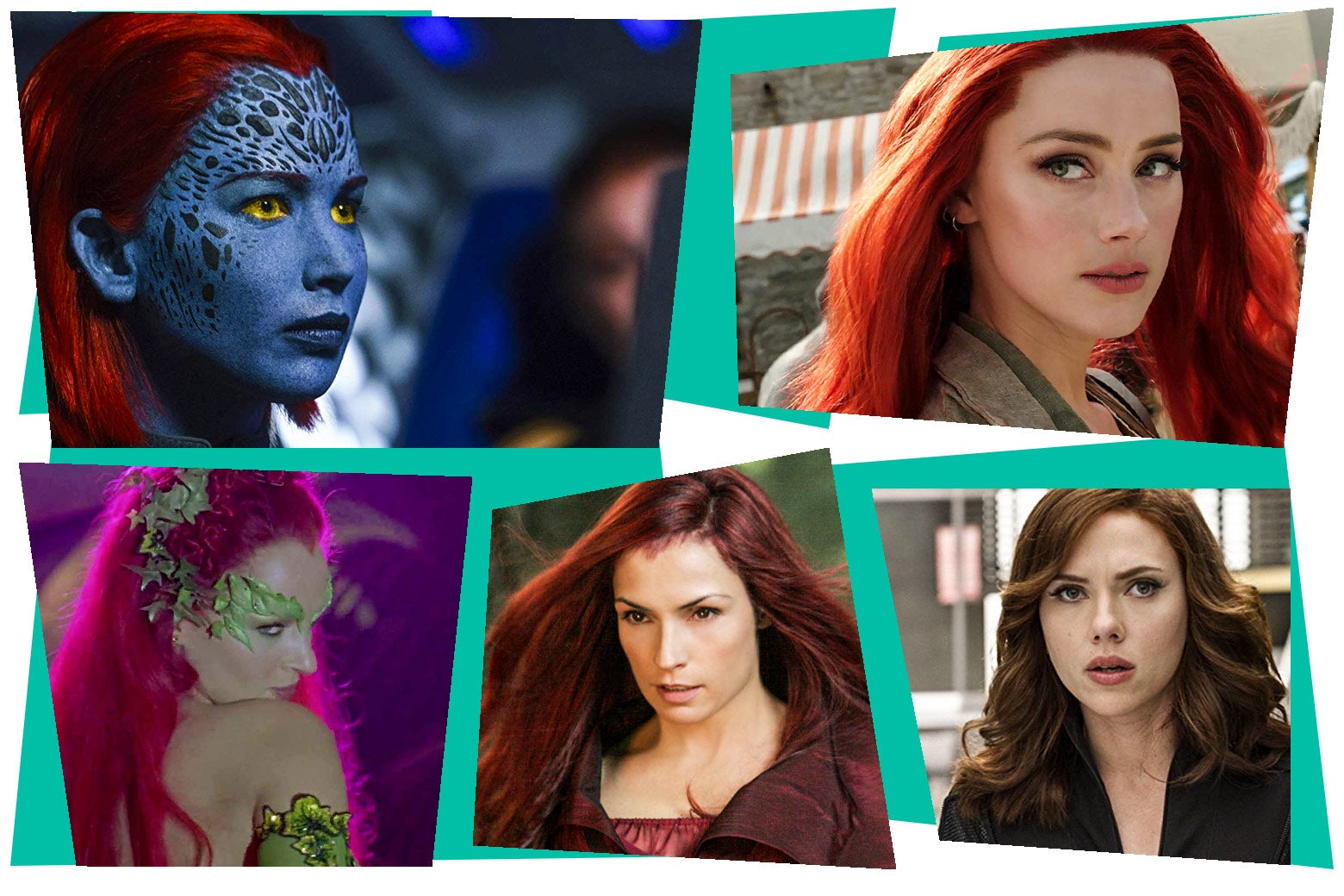“Redheads, you gotta love ’em,” Jason Momoa quips before leaping from an airplane (without a parachute, naturally) in the final scene of the new trailer for Aquaman. As has been widely noted, such end-of-trailer joke-oids have become de rigueur for superhero movies, as essential to the genre as capes. But just as common are redheads themselves—and the terribleness of their wigs.
In this case, the “redhead” is Amber Heard, who first appeared under a mop of maroon to play the Atlantean love interest Mera in 2017’s Justice League. Curiously, the wig Heard wore in that film was much more convincing than the thing that’s on her head in the Aquaman trailer. The texture of her Justice League wig didn’t look natural (take it from me, an actual redhead), but at least the color—a more subtle, strawberry-blond hue—was less distracting than the shade she dons in the Aquaman trailer.
Heard isn’t alone in bearing this crimson-coiffured cross. Since Scarlett Johansson first stepped into the Marvel Cinematic Universe in 2012, she has endured many such wigs (some much worse than others). And while some fans may deem such dos crucial to portraying the fiery-maned Black Widow of the comics, it seems that the Marvel films themselves do not agree: Just this spring, Johansson appeared wig-free and blond in Avengers: Infinity War. Johansson has suggested that the sudden change in the character’s appearance is part of her “flying under the radar.” But even if we accept this premise (when was this superspy not flying under the rader?), it still feels like the MCU waving the white (um, blond?) flag and giving up on their Black Widow looking exactly like the source material. Audiences, it seems, suffered through the corkscrew curls of Iron Man 2 for nothing. Black Widow is blond now, and she always could have been.

To understand the origins of this trend, we must harken back to a time before our current DC and Marvel cinematic universes. Perhaps the first red wig in a comic book adaptation was the one Yvonne Craig wore to play Barbara Gordon/Batgirl on ABC’s Batman television series in the 1960s. But while that character traditionally has red hair, the show came up with a self-referential twist: When Craig appeared as Gordon, she appeared with her natural brown hair, but when she appeared in her Batgirl costume, the wig came as part of her eye-mask disguise.
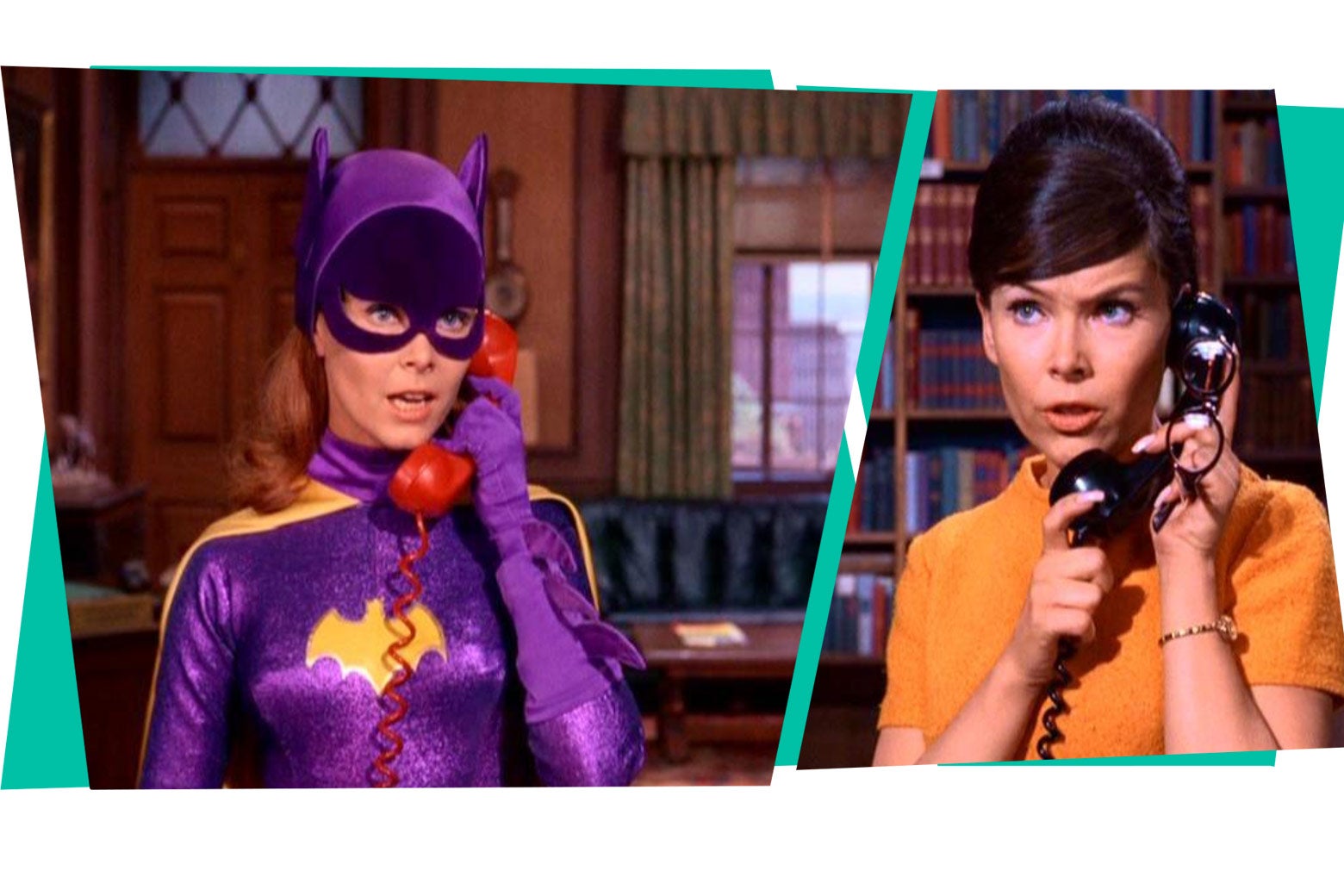
This sense of campy self-consciousness has, at times, been woven into the wigs in modern superhero movies. When Uma Thurman played Poison Ivy in 1997’s Batman & Robin, she was saddled with an outrageous red wig that came equipped with two pointy buns that stood atop her head like a bullet bra.
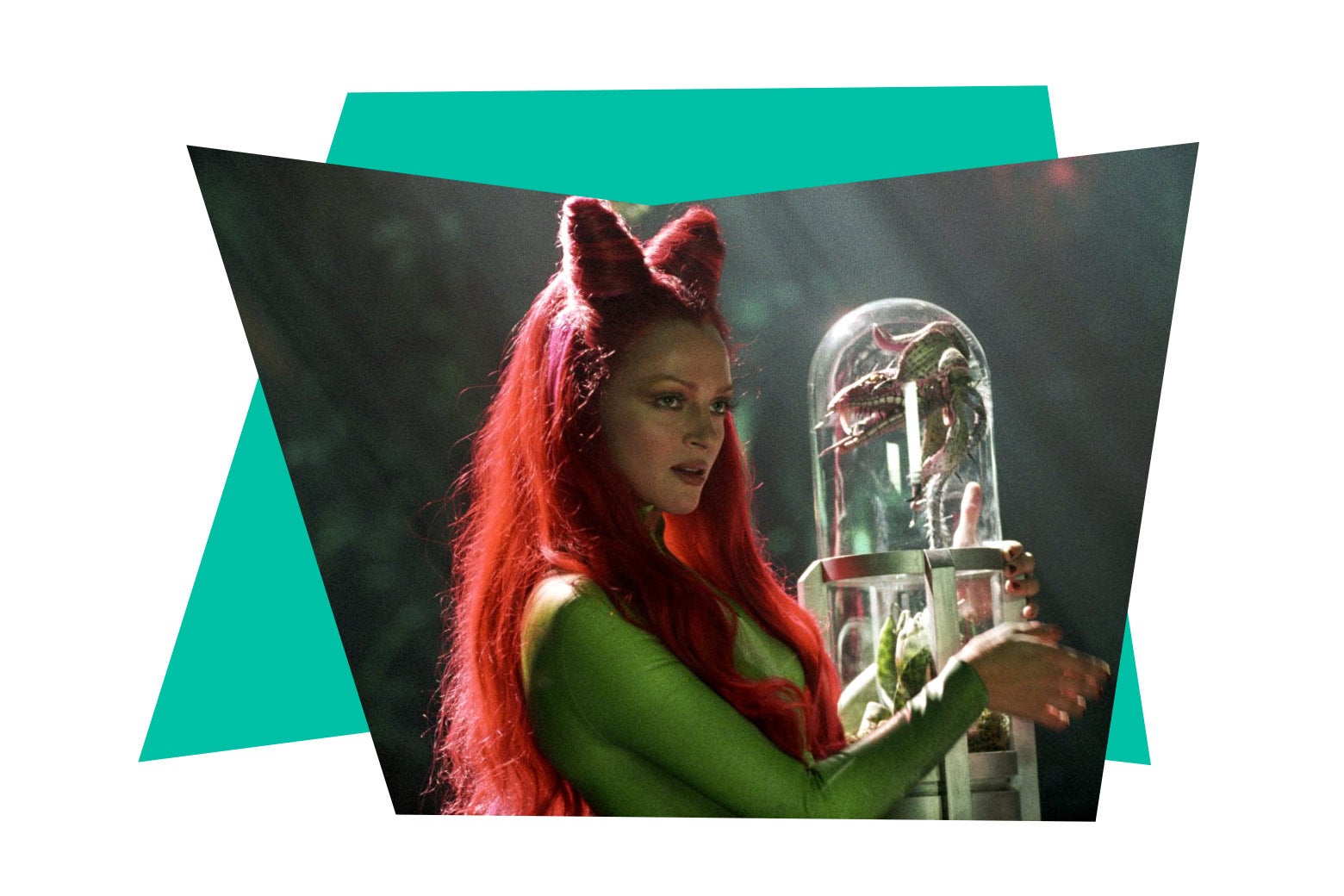
But while there’s no question that Thurman’s wig was intended to be as arch as her forehead-high, Divine-esque eyebrows, others haven’t been so lucky. Instead, the campiness has often faded even as the terribleness of the wigs has persisted.
The X-Men films have featured an especially disproportionate redhead population, perhaps owing to the notion that redheads themselves are mutants. Starting with 2000’s X-Men, the brunette Famke Janssen appeared as Jean Grey in various films under various red wigs that ranged in length, shade, and believability. And while the Phoenix storyline meant that some transformation was natural, unfortunately it could not explain the frequency of the changes in hair color.
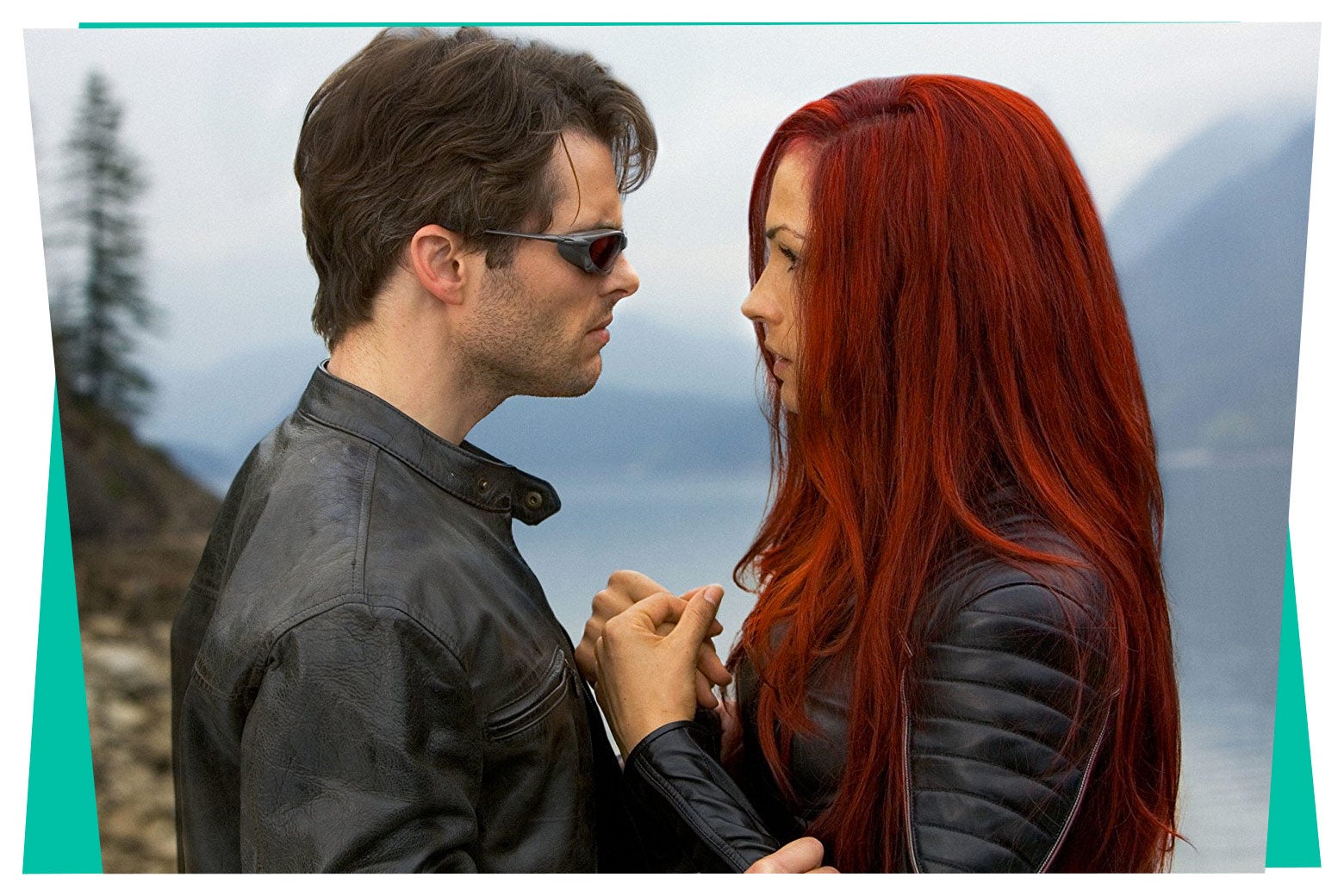
The same franchise has also seen Jennifer Lawrence, Rebecca Romijn, and Morgan Lily in red wigs (and blue body paint) as Mystique. Sophie Turner, who is a newer addition to the X-Men Universe and playing young Jean Grey, is one of the few actresses spared the fate of the red wig. Turner’s hair is naturally blond, but she’s been dying it red since being cast as Sansa Stark on HBO’s Game of Thrones, which allows her to appear on screen with her own hair.
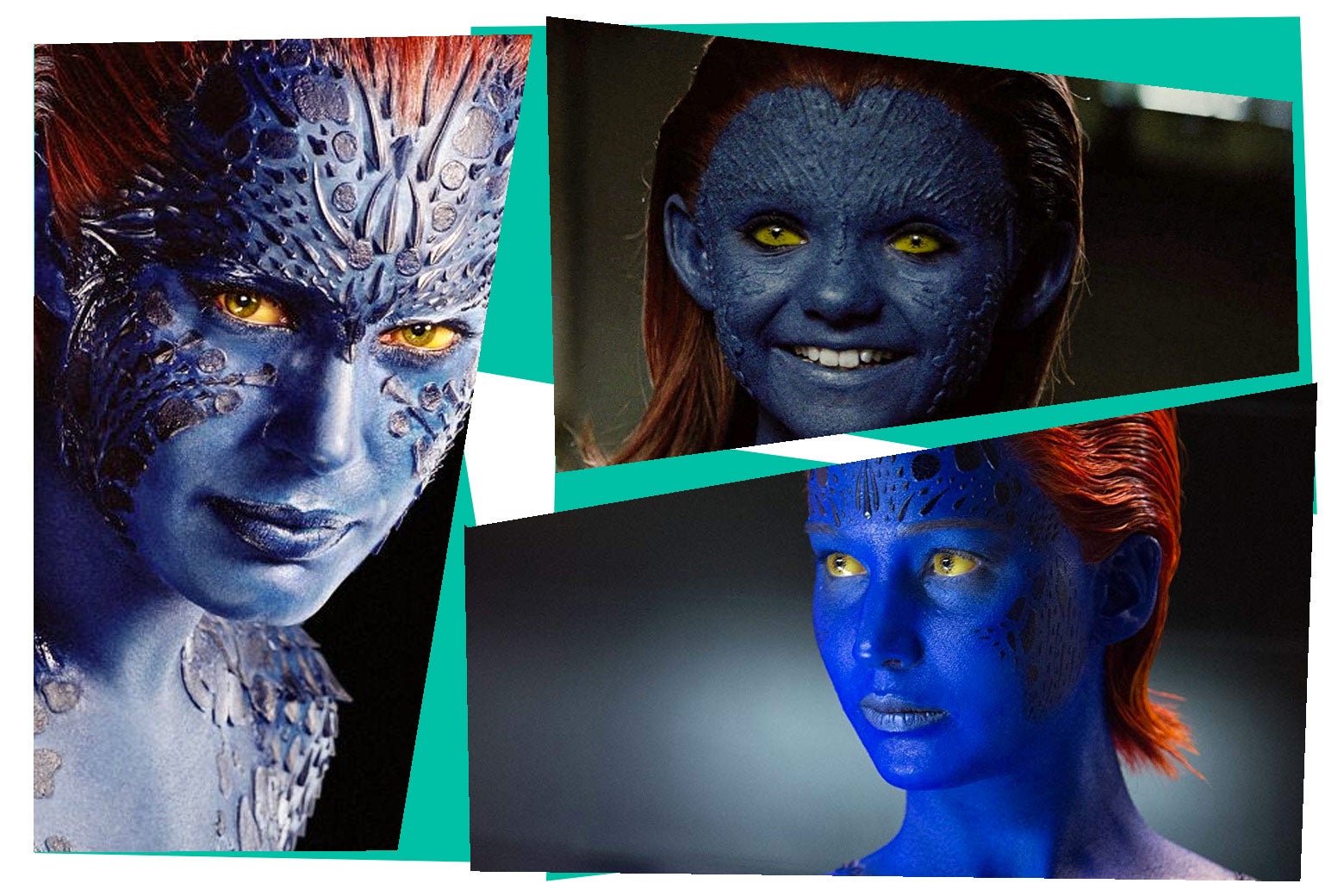
Why do superhero movies feature so any bad red wigs? It can’t be explained through simple statistics. Less than 2 percent of the world’s population has naturally red hair, while I would estimate the share of female comic book characters with red hair at approximately 30 percent. This is not a scientific estimate, I admit, but if I, say, enter a Google search for “female comic book characters,” it pulls up three redheads (Black Widow, Jean Grey, and Batgirl) within the first 10.
Of course, comic books also feature disproportionate populations of women with purple hair, pink hair, and even prehensile hair, so it’s hard to get too upset about their failure to reflect real-world hair demographics. But red hair—you know, the normal shades—does occur naturally, so why must Hollywood so often call upon its wig department?
After all, even if you can’t cast a red-haired actress (when will Hollywood give Jessica Chastain, Amy Adams, and Julianne Moore their own superhero movies?), there’s always the option, as Infinity War has shown, of simply forgoing the comic book character’s red hair. It’s understandable that some fans may want to see the characters on screen match the source material. But what is the cost of being faithful to, of all things, the hair of the source material, creating a scene-by-scene distraction? While it’s easy to agree with Aquaman’s stance on loving redheads, it’s hard to love a redhead wearing a bad red wig.
